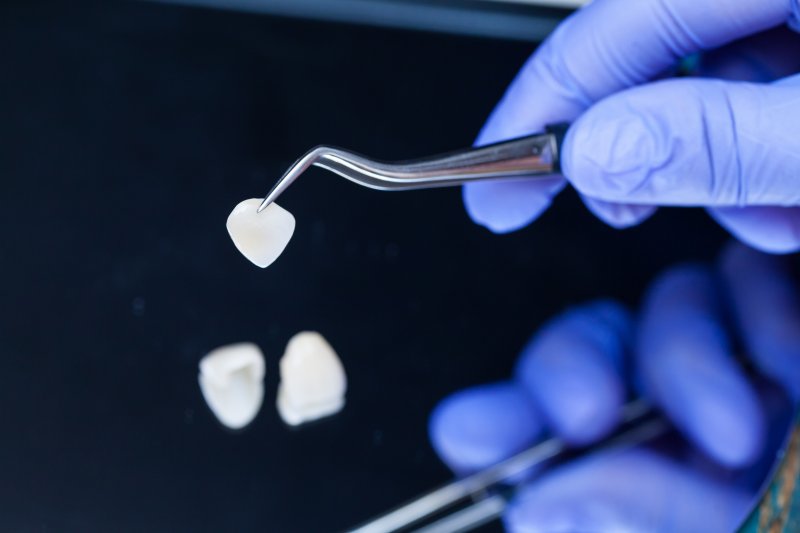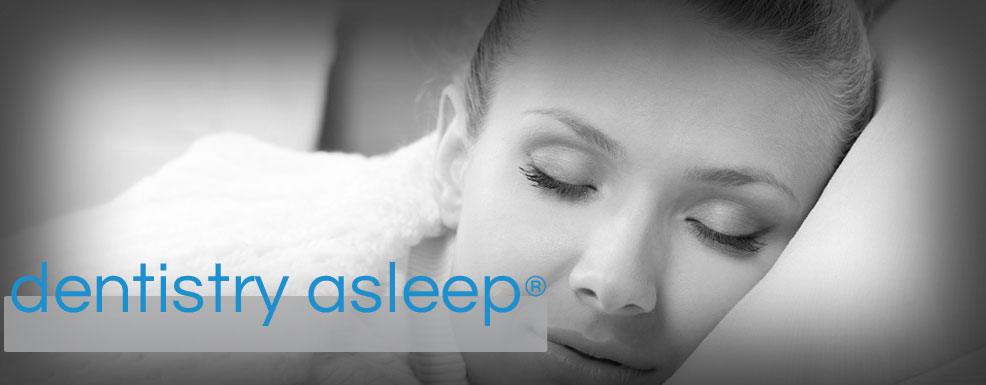
Today, porcelain veneers are one of the most effective cosmetic dental treatments. Their features and materials let them transform all aspects of a patient’s smile! Still, the prosthetics didn’t start that way. Veneers only reached their current point after nearly a century of history. Indeed, they had rather humble origins before making serious progress. Your Toronto dentist will happily explain if you want to learn about this journey. Here, then, is a summary of how veneers have developed over the years.
A Start in the Late 1920s
To be specific, veneers were invented in the year 1928. The California dentist Charles Pincus developed them to (temporarily) change an actor’s smile for a film shoot.
Of course, these veneers weren’t as advanced as later models. They could only stay in place for an hour or two before falling off.
Fame in the 1930s & 40s
In themselves, veneers didn’t change much in the 1930s and 1940s. Despite Dr. Pincus’s and other dentists’ efforts, they still couldn’t improve patient smiles permanently.
However, there was a change in veneers’ popularity. As these prosthetics gained widespread use in Hollywood, the public wanted them too. From there, more dentists realized that many people could benefit from veneers.
Etching from the 50s to the 80s
Veneers saw their next breakthrough in 1959. At that time, Dr. Michael Buonocore invented etching — a process that creates stronger bonding surfaces. By applying mild acid to enamel, it creates pits and grooves that help veneers stick to teeth.
Etching saw its own progress in the early 1980s. Using research from both Buonocore and Pincus, the Simonsen and Calamia Research Group developed a new method for it in 1982. The new approach allowed dentists to attach veneers to teeth permanently.
Veneers Today: 1980s to the Present
Simonsen and Calamia’s etching method is still used today. That said, it’s now paired with high-quality, stain-resistant porcelain. Veneers thus greatly resemble healthy, natural smiles now.
Better yet, veneers currently last far longer than they did before. Their lifespan can reach as long as 30 years before they need replacement.
In the end, porcelain veneers benefit from a storied history that improved them over time. Take advantage of that progress, then, by booking a treatment with your dentist today!
About the Practice
Dentistry Asleep ® is based in Toronto, Ontario. Led by Dr. Kevin Dann, our practice offers comprehensive dentistry under dental sedation or general anesthesia. In particular, we perform preventive, cosmetic, and restorative treatments, as well as full-mouth reconstructions. No matter the procedure, though, our office will give you the choice of mild sedation to complete sleep for your care. For more information or to book a visit, you can reach us on our website or by phone at (647)-559-3176.




